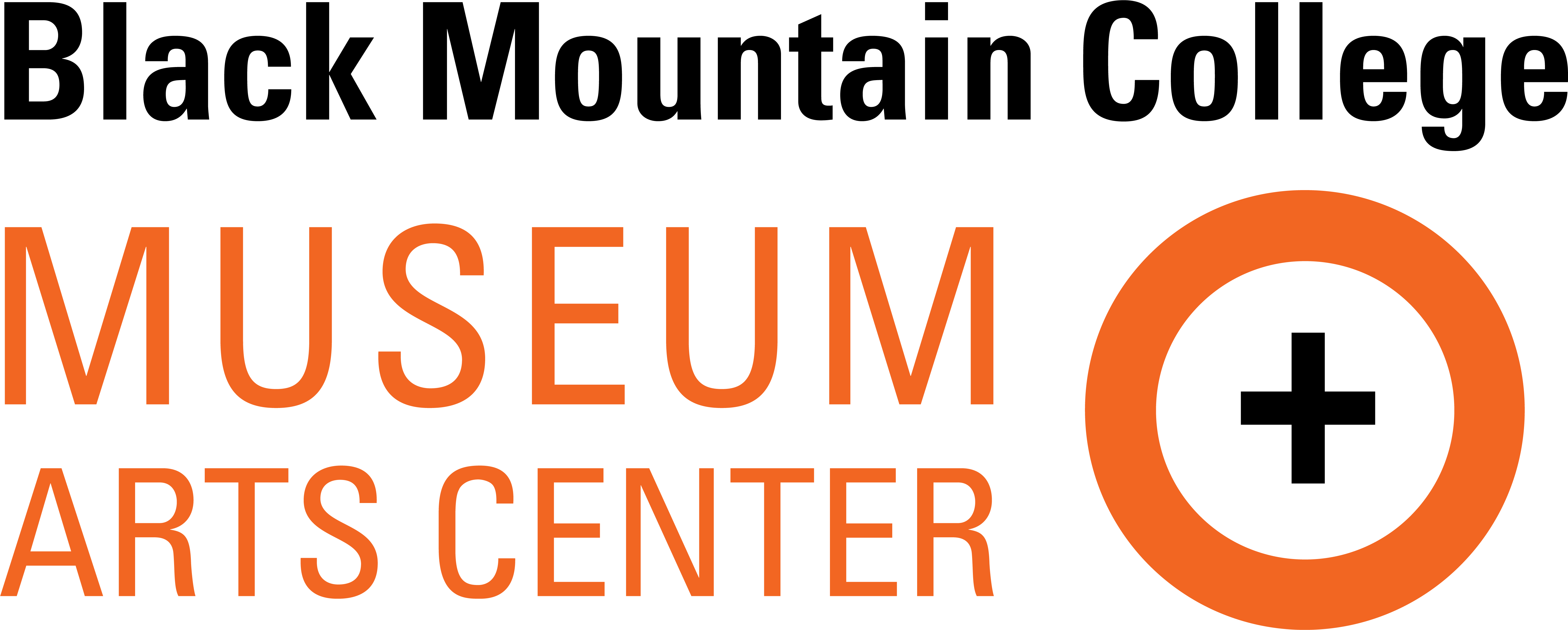Anatole Kopp

Crop of Anatole Kopp, Black Mountain College faculty, 1943. Black Mountain College Collection, Box 91. Courtesy of Western Regional Archives.
Building designed by Anatole Kopp with A. Daras and Pierre Chazanoff in Nanterre. Photo by Thomas Cugini. 1968.
FOCUS
Architecture
ROLE
Faculty
ATTENDANCE
1942 - 1943
BIRTH
1915-01-01
St. Petersburg, Russia
DEATH
1990-05-06
Early Life
Anatole Kopp was born in St. Petersburg, Russia and reared in Paris. He studied at the Sorbonne (P.C.B. – Certificat d’etudes Physiques, Chimiques et Biologiques), for three years at the Ecole speciale d’architecture in Paris, and at the Ecole des Beaux Arts.
Education
After escaping to the United States from France, Kopp studied architecture at MIT (Bachelor of Architecture, 1941; Master of Architecture, 1943). Previous to his arrival at Black Mountain, Kopp had worked summers for architects in Paris and in the United States including G.H. Gurney in New York; Skidmore, Owings and Merrill in New York; Karl Koch in Belmont, Massachusetts; and as a Field Supervisor for Sawyer Construction Co. in Boston.
In 1942, after completing his courses for his Master’s degree at MIT, Kopp received the W. Perkins Traveling Fellowship (1941-42) from MIT to study American culture. John Burchard, who taught at MIT and was on the college Advisory Council, recommended that Kopp and his wife Marianne Bjerke Kopp, a chemistry student at MIT, stop at Black Mountain. Kopp also recalled hearing about the college from Laurence B. Anderson, professor at M.I.T., who knew of his interest in modern architecture.
At Black Mountain
The Kopps enrolled at the 1942 Summer Work Camp for a week before heading west. From Los Angeles in August, Kopp wrote to Kocher inquiring about a position at Black Mountain.
He worked briefly for 20th Century Fox to designing sets. In October 1942, Kopp was appointed Instructor in Architecture through September 18, 1943. He arrived the first week in November and remained through the 1943 spring semester.
Kopp recalled that it was the experimental nature of the college that appealed to him. In addition to his courses in building structures and architectural design, he taught courses in stage studies and construction.
Drama Department
At Black Mountain he worked as an assistant to Robert Wunsch in the theater program. He designed drama sets for a production of Ethan Frome. His class in stage technique designed and constructed the scenery for the college productions of The Imaginary Invalid, and he made drawings illustrating The Marriage of Figaro for a March 22, 1944 record concert of the opera.
He directed the construction of a building housing four music practice cubicles which had been designed by Kocher and which was constructed by architecture students. When he left Black Mountain, Kopp returned to MIT to complete his thesis, a theater design for the Lake Eden campus.
After BMC
He then served in the United States Army. In January 1945 he returned to France and civilian life. There he worked for the Ministry of Reconstruction (Ministere de la Reconstruction, Paris) from 1945-54. He also worked with Paul Nelson, an American architect in Paris, on the design for the St. Lo Memorial Hospital.
Beginning in 1954, he started an independent architectural practice, working primarily on medical, sports, and cultural projects. In 1962, when the war in Algeria ended, he formed Anatole Kopp-Architects in Algeria where his work was primarily government work on social housing and development projects. From 1969-74, he taught at the Ecole Spécial d’Architecture in Paris (Professor, 1969-72; Director, 1972-74).
Beginning in 1973 he taught at the University of Paris VIII (Vincennes) in the planning department. He associated the progressive spirit at Vincennes with that at Black Mountain. Kopp's architectural projects include housing, school and cultural projects in the Paris area and sport and cultural construction in Algeria.
Kopp’s wrote articles and books on pre-Stalinist Soviet architecture including Town and Revolution: Soviet Architecture and City Planning, 1917-1935 (George Braziller, 1970) (translated by Thomas E. Burton from Ville et revolution (Paris: Editions Ánthropos, 1967); Constructivist Architecture in the USSR (St. Martin’s Press, 1986); Quand le moderne n’était pas un style mais une cause (Paris: Ecole nationale supérieure des beaux-arts, 1988); L’architecture de la reconstruction en France 1945-1953 (with Frédérique Boucher and Danièle Pauly) (Paris: Editions du Moniteur, 1982); and Changer la vie, changer la ville: de la vie nouvelle aux problèmes urbains, U.R.S.S. 1917-1932 (Paris: Union générale d’éditions, 1975). He was cofounder with Henri Lefebvre of Espaces et sociétés.
Biography written by Mary Emma Harris for Black Mountain Project. This biography was funded by a grant from the Graham Foundation for a study of architecture at Black Mountain College


